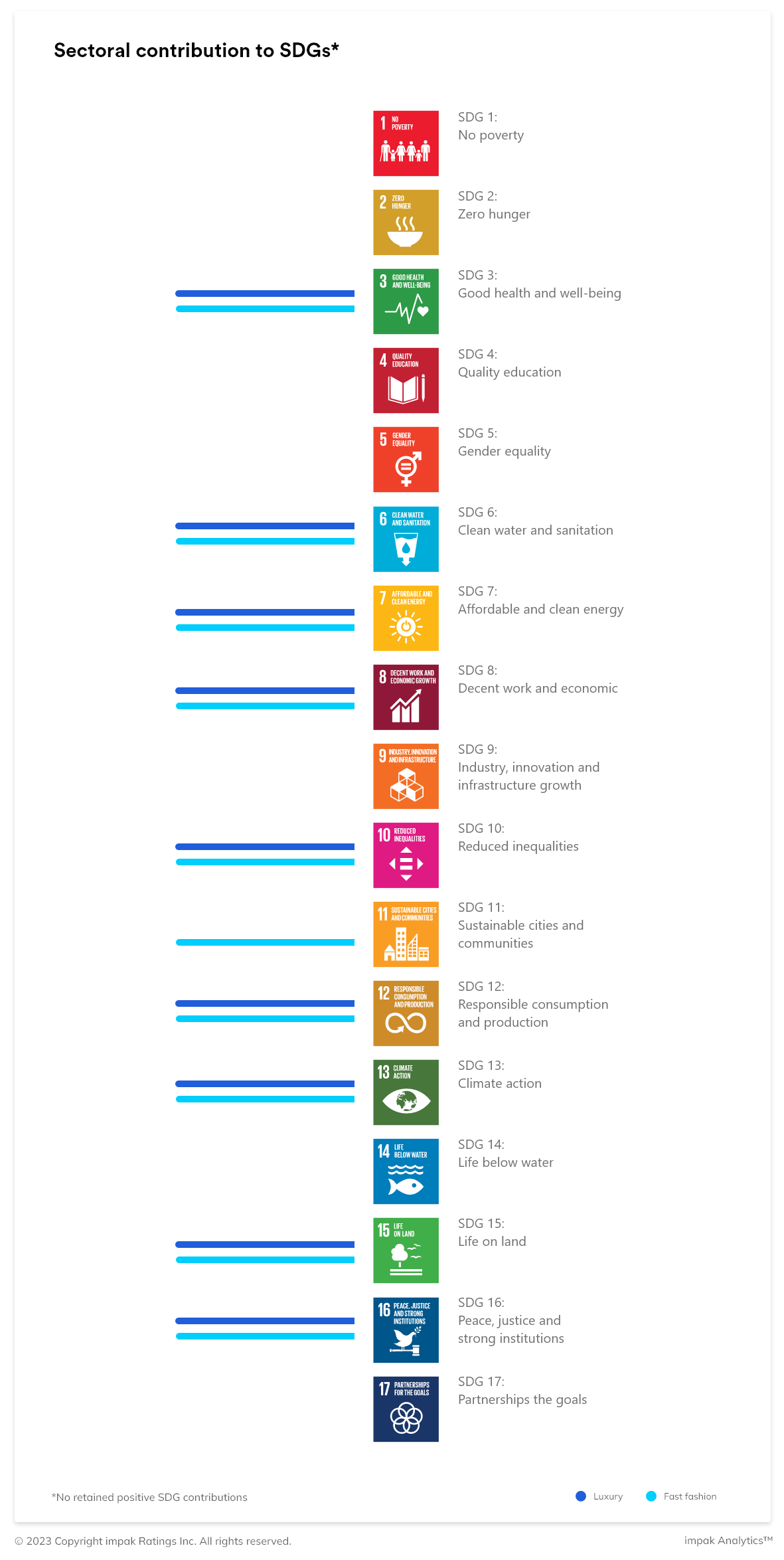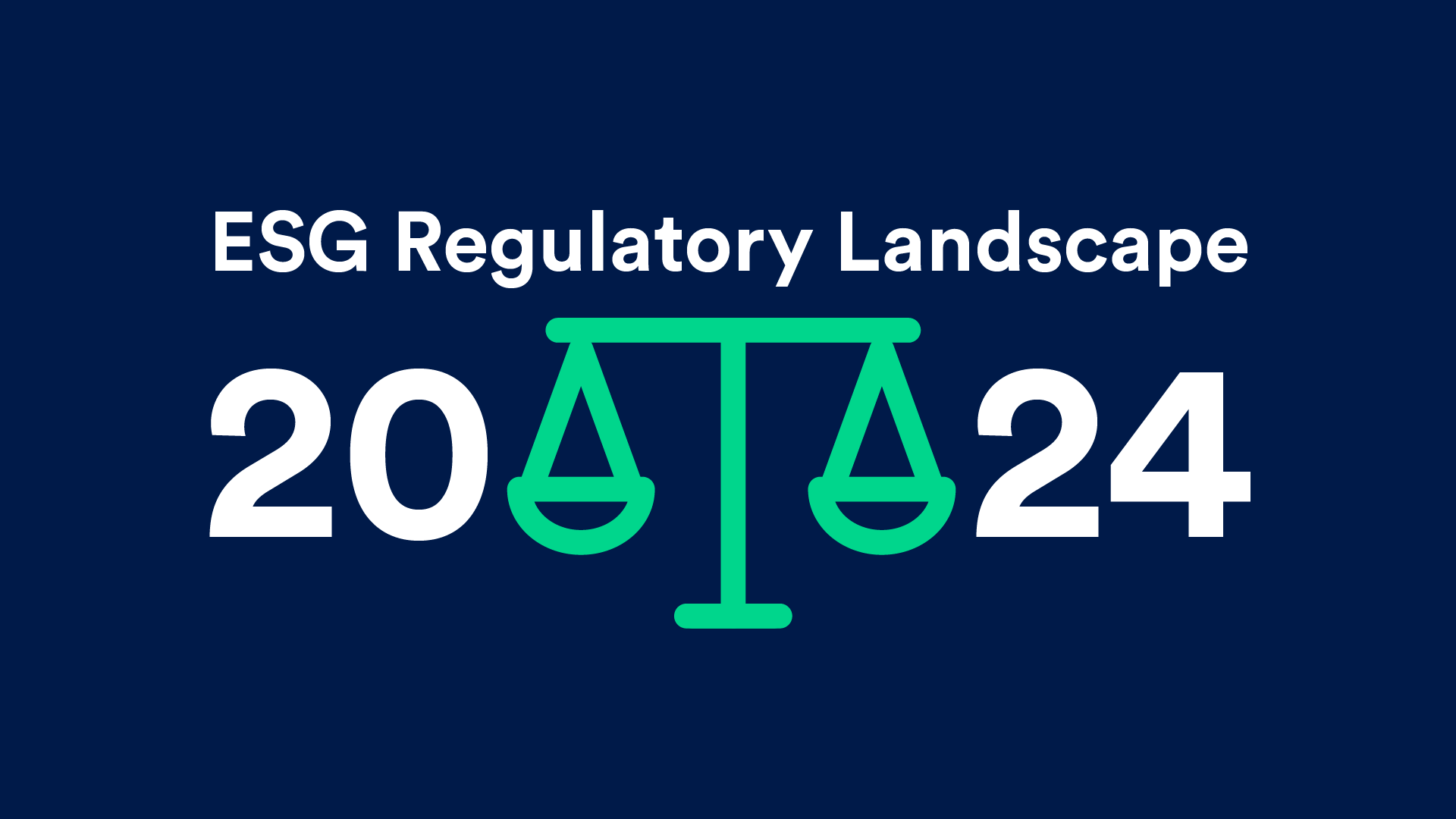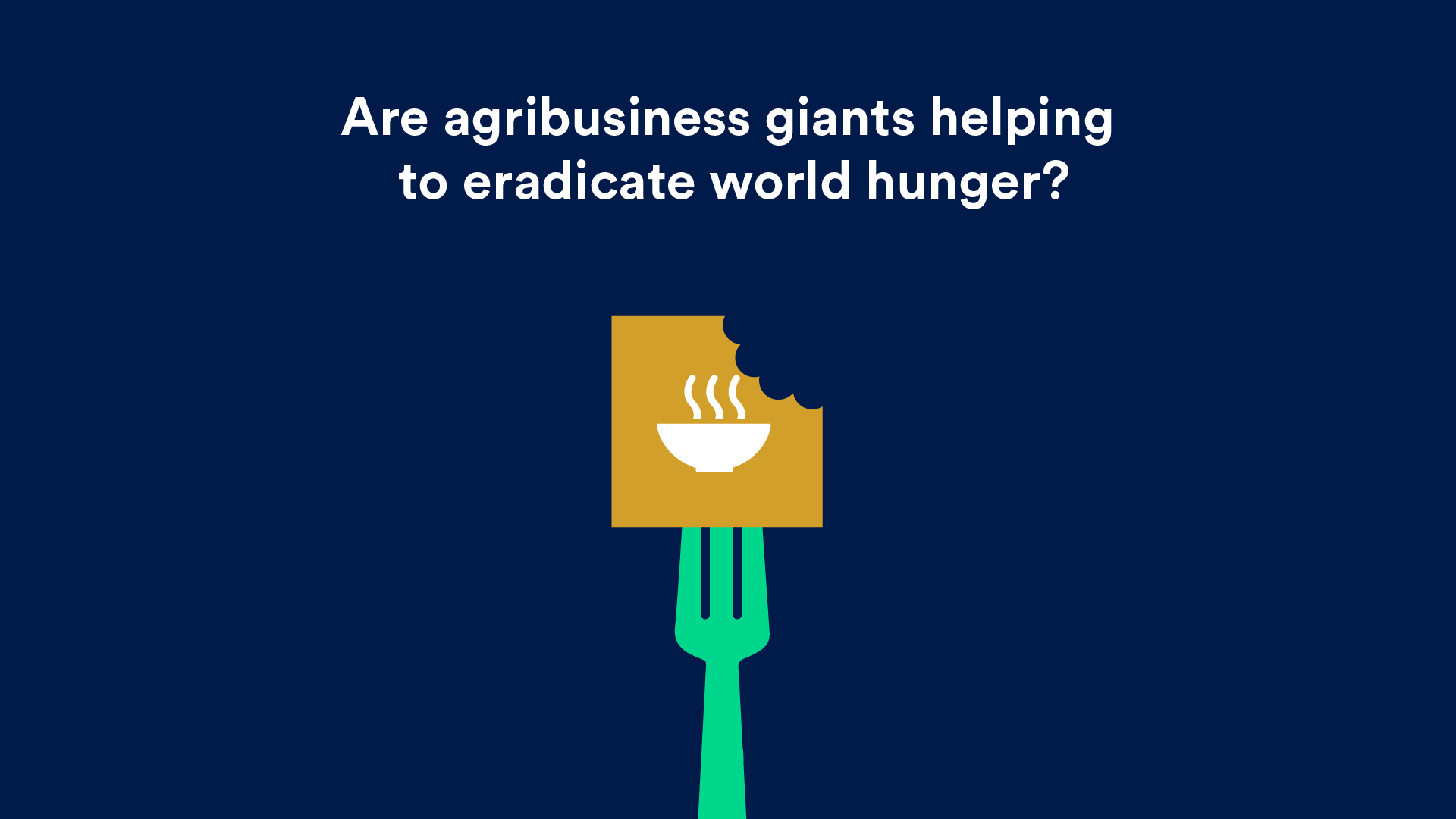Is Green…washing the New Black?
Is Green…washing the New Black?
Overview and sectoral analysis of the impact of the fashion industry
The fashion sector, being one of the largest industries globally that is valued at $1.7 trillion and generating 2% of the world’s Gross Domestic Product, is by now probably very much aware of its role in many of the environmental and social issues that we are facing today. In short, the sector emits up to 10% of the world’s CO2 emissions, promotes unrealistic beauty standards, pollutes 20% of the world’s waters and fashion companies are regularly accused of greenwashing and exploiting workers in developing countries.
But wait a second, shouldn’t a distinction be made between luxury brands and the fast fashion industry? After all, luxury goods are made in small quantities (hence preserving natural material reserves), they are mostly handmade (hence keeping alive local, high quality craftsmanship) and they are fabricated to last (hence answering certain criteria of sustainability). Right? Well… not anymore.
Fall from the runway
Influenced by the success of fast fashion retailers, luxury brands have quadrupled the number of collections, going from two per year to eight or more. Inevitably, this has forced them to make major adjustments, resulting in luxury retailers borrowing from fast fashion malpractices. As a result, holding tight to their reputation for exclusivity and to protect their goods from extreme discounts, some companies have even been reported to use incineration to destroy surplus stocks. Richemont, Burberry and H&M, among others, have been linked to this practice.
The frenetic pace of collections also means that high prices aren’t necessarily synonymous with top quality anymore, meaning that some luxury goods are more disposable than before.
Regarding production, while some goods may still be produced with pride in Europe by shops with decent labour conditions, others are produced in the same sweatshops as those used by fast fashion companies. For instance, luxury market leaders LVMH and Kering have respectively 15% and 6.9% of their suppliers in Asia, exposing themselves to supplier risk. Another world leader, Hermès, is the exception with only 5 % of procurement in foreign countries under very strict control.
Five of the biggest fashion market capitalizations under scrutiny
With sustainability being at the forefront of discussions in any industry in recent years, one would expect that, by now, companies 1) would have assessed their negative impacts on the environment and society in order to start mitigating them, and 2) would have, if not transformed their business model, at least worked on some sort of effective sustainability initiatives.
In order to sort the real from the false, between internal reports and advertised claims, impak Analytics has passed LVMH (world’s number one fashion company with a market cap of $308.9 b), Hermès (number three with a market cap of $130.4 b), Industria de Diseño Textil,S.A. (Inditex which includes Zara, number six with a market cap of $67.17 b), Kering (number eight with a market cap of $59.31 b) and Hennes & Mauritz (H&M, number 18 with a market cap of $15.4b) through the lens of the Sustainable Development Goals (SDGs).
We’re talking about the 17 United Nations SDGs, which provide a blueprint for environmental and social goals to be achieved by 2030. We turned the SDGs into a standardized assessment framework that is based on a double materiality approach, so we consider both “outside-in” risks (the effect of Environment, Social and Governance on a company) and “inside-out” risks (the effect a company has on E, S and G). Our analysis is a simple way to evaluate at a sectoral level what has been done so far in terms of awareness, sustainable initiatives and what is it all worth. It considers the activities of a company throughout its entire value chain.
The result of this analysis is a 4-notch potential impact indicator. We have been able to determine that Kering, Hermès, H&M and Inditex all have something in common: they Potentially cause harm, in other words, they appear to be detrimental to the SDGs (the worst possible notch). The only fashion leader slightly better is LVMH. It is considered to be Potentially avoiding harm.
How we did it
We measured these companies’ positive and negative contributions (on E, S and G) to the SDGs. Note that we retain a positive contribution – philanthropy not being considered a positive contribution – only where it represents more than 0.01% of a company’s activities. None of the analyzed companies have a retained positive contribution to the SDGs, so that is that.
A negative contribution means that a company has one or more activities that are detrimental to the Sustainable Development Goals. Unlike its fellow fashion leaders, LVMH mitigates all of its negative contributions to the SDGs and that is why it is ranked slightly higher. In case you were wondering, the mitigation of a negative contribution is not considered a positive one.
Sectoral differences
The analysis also goes into the details of the different SDGs affected by the fashion sector and this is where luxury companies and fast fashion differ slightly. All analyzed luxury companies negatively impact the same nine SDGs (see the SDG list below). Fast fashion retailers negatively impact those same nine, plus SDG 11.
An average of nine may not seem so bad. However, with this number, the fashion industry joins the energy, agriculture and manufacturing sectors as the industries with the most negative impacts.

The luxury and fast fashion companies in this article are a good sample of what’s going on with other major fashion brands. Going deeper into the SDG targets, all negative environmental contributions are mitigated. The main material outcomes remaining are social, mostly regarding two SDG targets: “Diversity and inclusion” with a lack of diversity and inclusion within companies, and “Communication and selling practices” on an array of subjects such as cultural appropriation, racism, lack of diversity and inclusion (i.e. in advertising), promotion of unrealistic beauty standards through design and product advertising and greenwashing through making unjustified and misleading marketing claims about sustainable production practices.
Greenwashing – a problem to steer clear of
On the topic of greenwashing, according to the British consulting firm Behavioral Insights Team, half of people aged 16-25 “[believe] that misleading information about a company’s environmental practices [is] reliable” so both luxury and fast fashion brands should consider greenwashing a problem to be avoided. A good example is H&M who has tried to position itself as a leader in sustainable transition with initiatives like H&M Conscious, Close the Loop and Climate Positive 2040. With these collections, you can’t see the forest for the trees. The company has since been accused of greenwashing in the US and by the Norwegian Consumer Authority.
Sustainable faux pas
In the end, what is there to say about the fashion industry and sustainability? First, we have demonstrated that there is no reason for differential treatment towards the luxury fashion industry. Luxury and fast fashion companies both face the same challenges and have practically the same significant impact on society and the environment.
The lack of standardized data collection in the industry results in unreliable sustainable claims and, with a business model not linked to the SDGs (unlike the healthcare sector for example), measuring the real positive impact of initiatives is difficult to say the least. However, our analysts see many opportunities for the industry to get a grip on the crisis, for instance through the supply chain and innovative initiatives like Kering’s EP&L environmental measurement tool for sustainable luxury.
Luxury and fast fashion companies have a role to play both individually and collectively. All of the companies analyzed here have, in one way or another, started ‘sustainable’ initiatives and measures, so maybe we are just witnessing the shy beginnings of a larger movement. However, for the moment, whether luxury or fast fashion, what we see is an opportunistic capitalization on the sustainability trend, a lot of controversy and unreliability, and concrete results yet to be seen.
Written by Stéphanie Bernier-Monzon, Communications Manager at impak
You may also like

2024 ESG Regulatory Landscape
By impak Analytics
Why single materiality is not good risk management
By impak Analytics